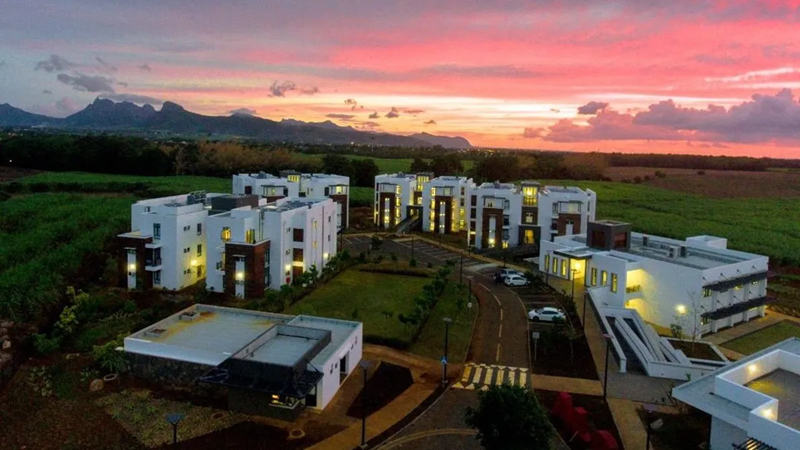
Introduction
Across East Africa, universities are emerging as critical players in aerospace and hypersonic technology development. Once seen primarily as teaching institutions, many are now home to sophisticated research facilities, innovation hubs, and partnerships that connect students and faculty to the global aerospace industry. These academic initiatives are laying the foundation for regional capacity in space exploration, advanced flight, and high-speed aviation technologies.
University-Led Space Research Initiatives
In Kenya, Ethiopia, and Rwanda, universities are leading the design, assembly, and launch of small satellites.
The University of Nairobi’s space engineering program has collaborated with Japan’s JAXA on nanosatellite projects, while Ethiopia’s Space Science Society works closely with local universities to integrate satellite imagery into climate research.
These initiatives not only provide students with hands-on experience but also generate valuable data for sectors such as agriculture, water management, and disaster mitigation.
By spearheading small-scale but impactful projects, universities are bridging the gap between academic study and real-world space applications.
Hypersonic Flight Studies and Applied Research
While large-scale hypersonic flight testing remains outside the region’s current capabilities, some universities are contributing to foundational research. Addis Ababa University and Makerere University in Uganda have undertaken studies in aerodynamics, propulsion systems, and thermal protection materials—areas essential for future hypersonic vehicles.
In many cases, this research is conducted in collaboration with international institutions, allowing East African students to access advanced testing facilities abroad. These partnerships ensure that the region’s academic community remains engaged in the latest global aerospace trends.
Building Skills Through Student Aerospace Projects

Hands-on student projects have become a powerful driver of innovation. University-based aerospace clubs and competitions—such as drone racing leagues, model rocket challenges, and UAV design contests—are inspiring the next generation of aerospace engineers.
These activities often go beyond academic credit, giving students practical exposure to design thinking, systems integration, and project management. In countries like Tanzania and Uganda, student-led teams have even collaborated with NGOs to create UAV prototypes for medical deliveries to remote areas.
Collaborations with Government and Industry
Many East African universities are now actively partnering with space agencies, defense ministries, and private aerospace firms.
For example, Rwanda’s University of Global Health Equity has worked with the Rwanda Space Agency on satellite-enabled health data transmission, while Kenyan technical universities are involved in drone regulation policy discussions with the Kenya Civil Aviation Authority.
Such collaborations ensure that academic research aligns with national priorities and industry needs, making universities valuable contributors to the region’s broader aerospace ecosystem.
Challenges in Academic Aerospace Research
Despite the progress, universities face significant barriers. Limited funding, outdated lab equipment, and insufficient access to wind tunnels or thermal testing facilities slow the pace of research. Additionally, brain drain—where talented graduates leave for opportunities abroad—remains a concern for sustaining local expertise.
Regulatory and administrative delays can also hinder university-led aerospace projects, especially when importing specialized materials or seeking flight permissions for drones and experimental aircraft.
Pathways for Growth
To maximize their impact, East African universities need stronger funding channels, both from government budgets and private sector sponsorships. Establishing regional research networks could allow institutions to share costly facilities and expertise.
Encouraging faculty exchange programs and student internships with global aerospace companies would further enhance skills and knowledge transfer.
Digital simulation labs, 3D printing centers, and modular research platforms could also help overcome infrastructure gaps, enabling cutting-edge experimentation even without large-scale facilities.
Conclusion
Universities in East Africa are proving that advanced aerospace and hypersonic research doesn’t have to be the exclusive domain of global superpowers. Through satellite projects, UAV development, and collaborations with international partners, they are building a knowledge base and talent pipeline that can propel the region into the next frontier of aviation and space exploration. With continued investment and policy support, the leap from classroom to cosmos could become a defining feature of East Africa’s technological future.


